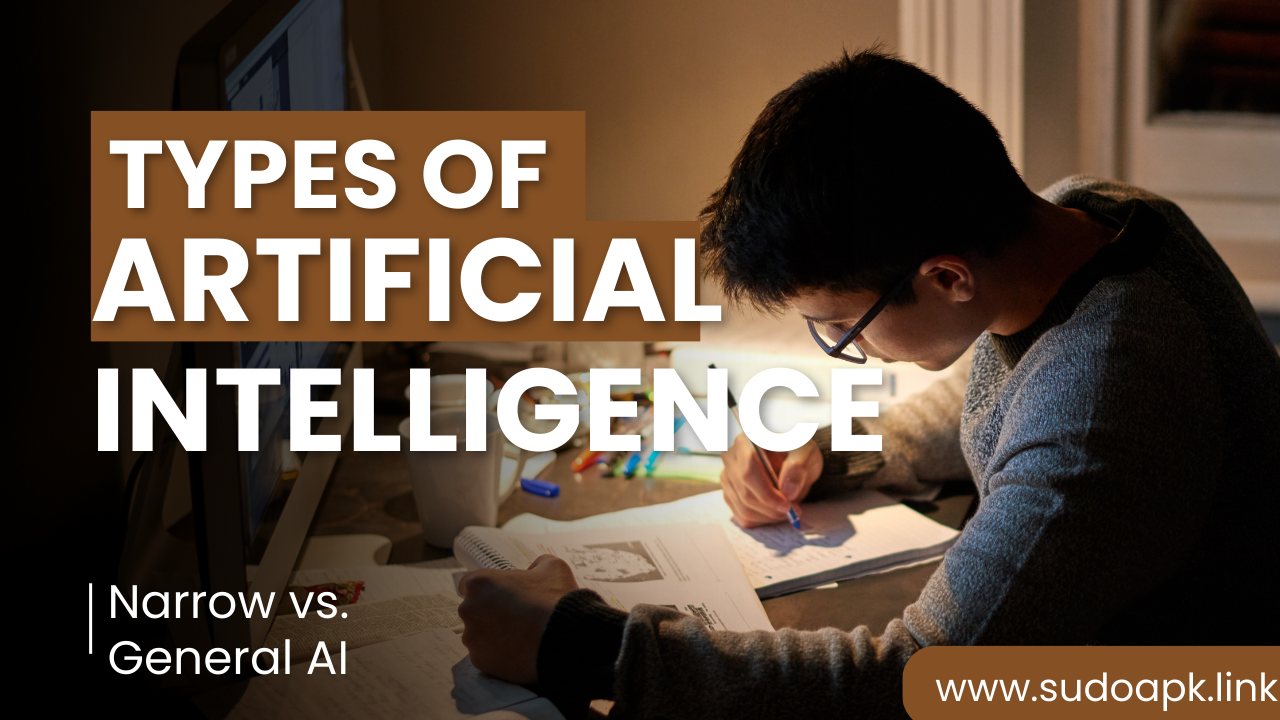AI-assisted Surgery: Robotics, Virtual Reality, and Augmented Reality
Artificial Intelligence (AI) is advancing healthcare across applications from medical imaging to patient monitoring. A key area seeing immense innovation is AI-guided surgery – comprising surgical robotics, virtual reality (VR) and augmented reality (AR).
This article discusses how AI transforms surgical capabilities, workflows and outcomes through intelligent automation and enhanced visualization:
Transforming Surgery with AI
AI aims to enhance almost every perioperative dimension:
Robotic surgery assisted by AI multiplies surgeon capabilities with navigation, movement scaling and tremor reduction.
AR devices contextually guide surgical tools in real-time minimizing complications.
VR simulation platforms with AI realistically train surgeons accelerating expertise.
AI analytics of procedure data provides performance insights improving decision-making.
Combined benefits target surgical precision improvements, faster learning, resource optimization and consistency in patient outcomes:
The New Frontier: Robotic AI Surgery
Surgical robotics optimized by machine intelligence takes many forms:
Smart Surgical Assistance Systems
These AI-guided robotics aid surgeons intraoperatively by enhancing precision, dexterity and reliability:
The Smart Tissue Autonomous Robot (STAR) deploys a special 3D camera with real-time tissue analysis to differentiate cancerous vs healthy tissue. This allows ultra-precise removal of tumors that human eyes struggle differentiating.
Researchers have developed tiny AI-powered robots that are inserted into eyeballs carrying out intricate interventions inside with specialized instrumentation controlled externally.
Dexterous “co-bot” arms directed by AI algorithms fluidly work alongside surgeons handing tools, holding organs providing an extra pair of hands during complex minimally invasive procedures.
Such intelligent assistance surgery systems minimize complications and accelerate recovery.
Autonomous Robotic Surgery
Futuristic autonomous robots performing highly targeted interventions with remote surgeon oversight are being developed:
Johns Hopkins created an AI robotic system called Smart Tissue Autonomous Robot (STAR) which performed laparoscopic surgery stitching soft tissues on pigs successfully. Human surgeons monitored and guided the procedure through VR headsets.
Researchers across academia working on similar autonomous platforms requiring only high-level commands from surgeons while robots independently operate safely avoiding vital nerves and tissues. Reduces strain while enhancing reliability.
Rigorous testing critical before actual deployment for mainstream adoption due to risks involved. But early research displays immense promise.
Immersive Extended Reality (XR) Environments
Advanced XR platforms transport surgeons into digital overlays of patients in realistic environments using AR/VR optimizing procedures:
Surgical Rehearsal - VR headsets let surgeons repetitively simulate upcoming complex, patient-specific surgeries determining optimal approaches avoiding complications once inside the OR. Reduces unexpected scenarios.
Intraoperative AR Guidance - Headsets/smart-glasses provide surgeons with overlays of critical anatomical structures helping avoid nerves/tissues intraoperatively. This prevents damage and allows minimal incisions.
Remote Mentoring - VR enables experienced surgeons to digitally mentor trainees guiding skills development through interactive simulations and annotation. Democratizes access to top talent.
Post-op Metrics - AR analytics overlays guide surgical performance tracking from individual steps to holistic dimensions like time taken, precision metrics, complication rates etc. Supports skills advancement.
XR environments integrated with patient physiology reconstructions, anatomy mapping and performance analytics engines maximize learning while providing optimal intraoperative decision support.
The AI Surgery Ecosystem
Multiple AI innovation types merging create a connected ecosystem targeting improved consistency:
Robotics – Dexterous tools allowing micrometer-level movements and real-time adjustments prevent healthy tissue damage.
AR/VR Platforms - Immersive overlays of patient anatomy help avoid contact with vulnerable structures and guide placements.
CDS – Clinical decision support algorithms suggest optimal treatments, technique selection minimizing complications.
Predictive Analytics – Patient database analysis predicts case complexity levels automatically assigning appropriate surgical teams.
Converged AI surgery systems aim for automation-driven efficiency, hyper-personalization and consistency – preventing errors while managing population-level procedure demands. 5G enabled technologies would support remote robotic telesurgery as well allowing top surgeon know-how diffusion globally.
Overcoming Adoption Challenges
Expanding AI surgery faces organizational and ethical barriers:
Acquiring large representative datasets for training reliable AI models specific to procedures remains difficult due to patient privacy constraints. Research partnerships across institutions provide a solution.
Given surgical variations, providing explanatory features to clinicians regarding model actions facilitating trust-building remains a technology challenge being actively addressed.
Developing fail-safe protocols, encryption safeguarding patient data, securing systems from hacking and institutionalizing transparency constitute pivotal measures as these innovations get induced into daily workflows.
Responsible development frameworks centering patient benefit help surmount adoption hurdles unlocking this technology's immense potential.
The Future with AI-led Surgery
Some envisioned advances in the AI surgery landscape include:
- Autonomous robotic surgery prevents surgeon fatigue in long procedures while ensuring steady precision levels avoiding human lapses.
- AR contact lenses overlay critical health insights and anatomy mappings revolutionizing open surgery, trauma response in accidents etc.
- Integrated care delivery leverages 5G, VR and AI coordinating patient transfer, OT availability and surgical planning seamlessly maximizing asset utilization while containing costs.
- Continuous ML honing surgical techniques based on population data makes interventions consistently effective across geographies.
Conclusion
AI-led surgery transformation is underway with care quality improvements through patient-specific planning, controlled automation and sensor-based real-time analytics already visible while sustained innovation assures continued safe adoption.
FAQs
Q: Would AI make surgeons redundant?
A: No. AI aims to multiply human capabilities and consistency, not replace surgeons. Augmented intelligence keeps surgeons directly controlling procedures while benefitting from technology strengths.
Q: Which surgeries would see fastest adoption of AI techniques?
A: Minimally invasive procedures involving tiny incisions like arthroscopies, endoscopies, laparoscopic surgeries would see significant AI influence through tiny smart robotic assistive tools.
Q: Are autonomous surgeries being actively performed currently?
A: Early stage animal trials display success. But extensive further testing essential before human trials. Currently, supervised autonomous robots performing selected steps aid surgeons instead of fully independent surgery.









Comments (0)
No comments found